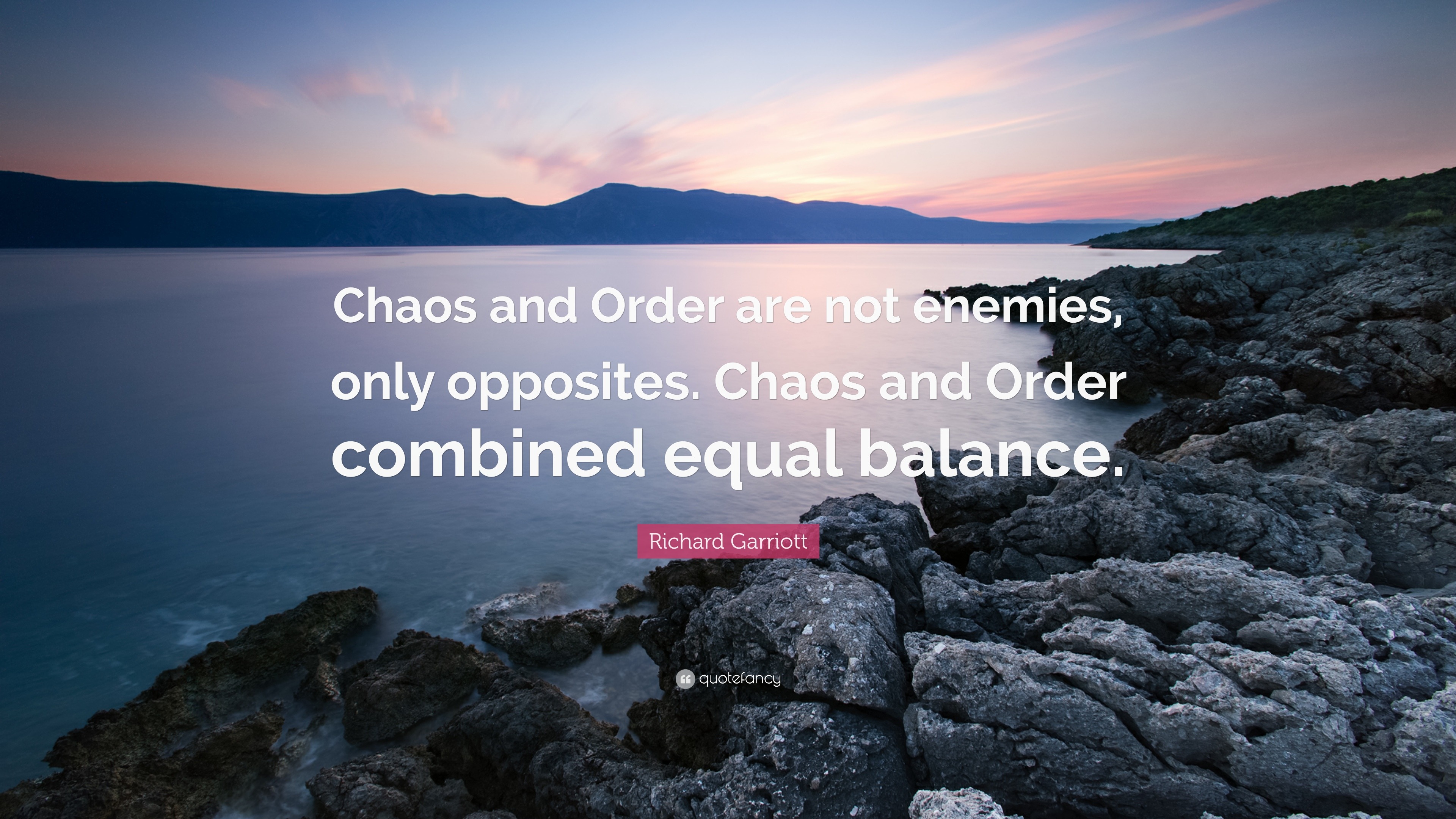In a world bustling with chaos and conformity, few phrases resonate as powerfully as, “Courtesy makes chaos out of order.” This striking quote hints at the intricate dance between respect and disorder. At first glance, it may seem contradictory; however, upon delving deeper, one may uncover profound insights that are increasingly relevant for a younger generation navigating the complexities of contemporary life.
The interplay between courtesy and chaos presents a fascinating intellectual landscape worth exploring. Courtesy evokes a sense of civility and grace in our interactions, a standard often overlooked in a fast-paced digital era dominated by quick responses and fleeting encounters. Yet, in its very essence, courtesy can disrupt the expected flow of order, introducing a delightful chaos that invigorates human connection.
What is Courtesy?
Courtesy can be defined as the polite behavior that acknowledges the presence and feelings of others. It’s about respecting different perspectives, listening actively, and fostering a supportive atmosphere. In an age where social media often amplifies discord, the juxtaposition of courtesy against a backdrop of chaos becomes starkly evident.
In the realm of peer interactions, courtesy can manifest in simple acts: offering a seat on public transport, saying “please” and “thank you,” and genuinely engaging in conversations. These small gestures may appear trivial, yet they serve as the stitches that bind our social fabric. They cultivate empathy, fostering a sense of belonging in a world that often feels fragmented.
The Chaos of Order
Order typically invokes images of structure, predictability, and control. Institutions, regulations, and routines serve as the bedrock of societal function. However, an excess of order can stifle creativity and inhibit spontaneity. A classroom environment rigidly confined to rules may quash curiosity among students, leading to disengagement and apathy. Herein lies the paradox: too much order can lead to chaos of a different nature, one characterized by boredom and conformity.
Younger audiences, in particular, thrive on innovation and exploration. When structure becomes overly oppressive, individuals may rebel, inadvertently creating chaos as they seek autonomy and expression. Therefore, introducing elements of courtesy into contexts steeped in order can alleviate tensions, fostering an environment where creativity and respect coexist harmoniously.
The Ripple Effect of Courtesy
When one individual steps into the realm of courtesy, the effects can be monumental. Imagine walking into a room of strangers, feeling the palpable tension that accompanies unfamiliarity. A single act of kindness—a warm smile, a compliment, or an offer to help—can initiate a ripple effect, transforming the atmosphere from one of anxiety to camaraderie. This is the chaos that courtesy generates: a shift in energy that breaks down barriers and promotes interaction.
Moreover, in the context of social media, courtesy possesses the potential to redefine conversations. In an era marked by keyboard warriors and polarizing debates, a courteous approach can serve as a beacon of hope. By emphasizing compassion in online discourse, individuals can create a more respectful dialogue that encourages diverse opinions without descending into hostility. In this light, courtesy becomes an antidote to digital chaos, urging a more thoughtful engagement with the plethora of voices sharing their narratives.
Generational Dynamics
Young people today are often labeled as the “disrupted generation.” Yet, it is essential to recognize the unique insights they bring to the table. Growing up amidst rapid technological advancements, the younger cohort understands the value of connectivity, both online and offline. However, this connectivity can foster chaos when misunderstandings and conflicts arise. Thus, the need for courtesy becomes paramount in sustaining meaningful relationships and mitigating strife.
Furthermore, the current generation is marked by a heightened awareness of social justice. In advocating for equity, courtesy plays a pivotal role. Engaging in conversations about sensitive issues requires a foundation of respect that can lead to constructive dialogue. Understanding diverse viewpoints while expressing one’s own can pave the way for richer, more nuanced discussions, proving that disorder can lead to growth only if approached with courtesy.
Harnessing Chaos for Positive Change
Rather than viewing chaos as an obstacle, it can be embraced as an essential component of growth. The burst of energy that accompanies chaos can serve as a catalyst for innovation and reform. In this context, courtesy acts as a guiding principle, ensuring that the alterations foster collaboration rather than division. Whether it be in a student-led initiative, a community project, or a group assignment, a courteous approach can transform any chaotic environment into a fertile ground for creativity.
Conclusion: The Art of Navigating Chaos
Ultimately, the assertion that “courtesy makes chaos out of order” invites us to reevaluate the role of kindness in our lives. It encourages individuals, particularly the youth, to embrace courtesy as an invaluable tool in navigating the complexities of human interaction. By infusing courtesy into the fabric of society, we create a poignant paradox where chaos births community, and order evolves into genuine connection. In a world where distractions abound, let courtesy be the compass that guides us through the unpredictable terrain of relationships, fostering authenticity, empathy, and innovation along the way.

